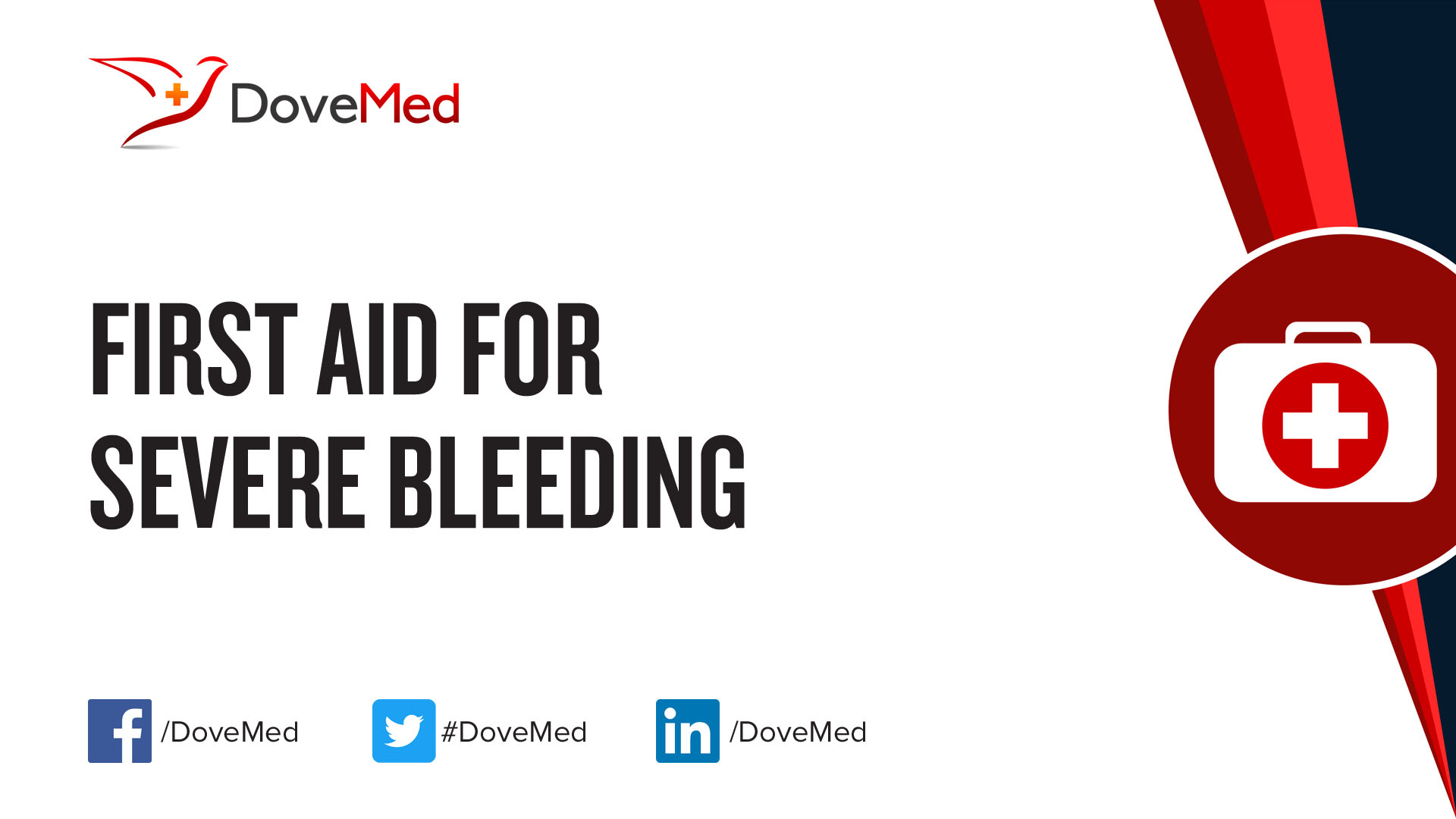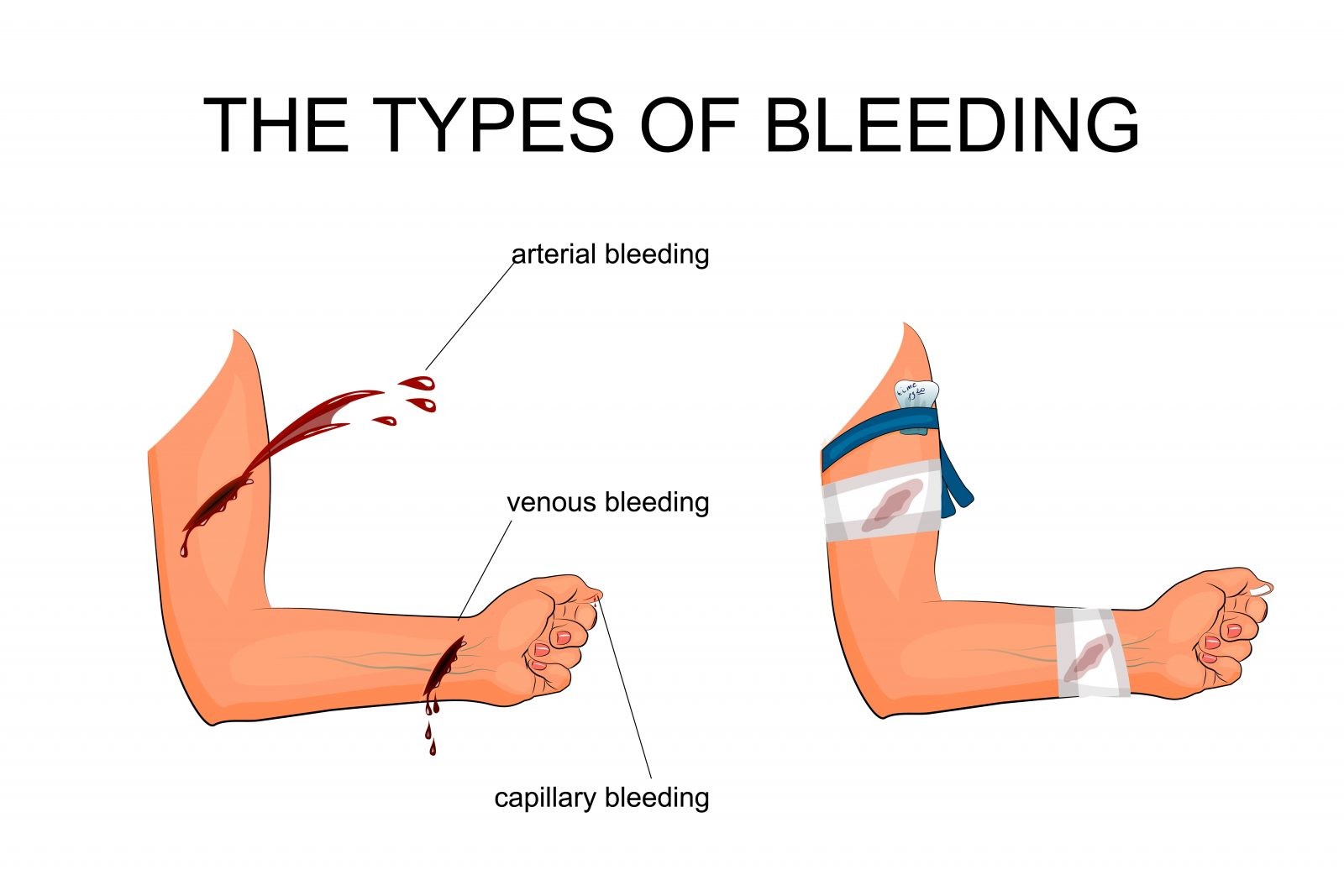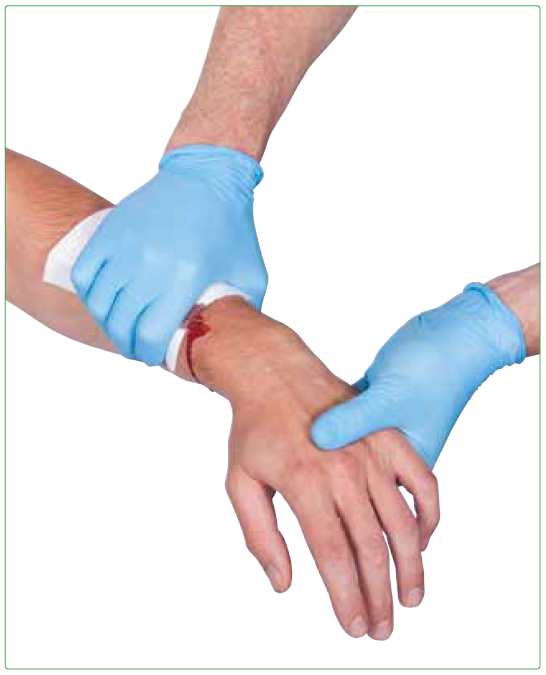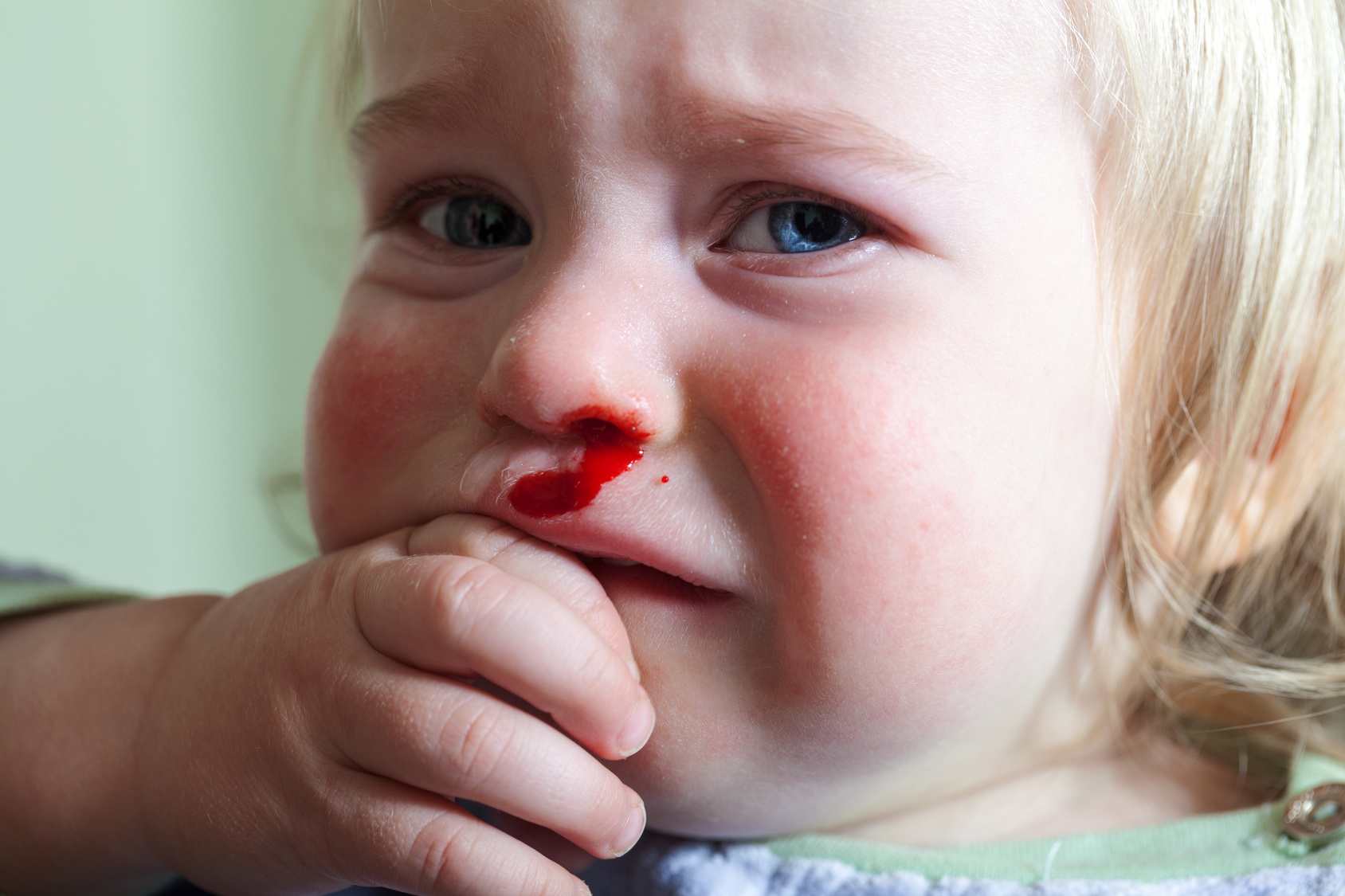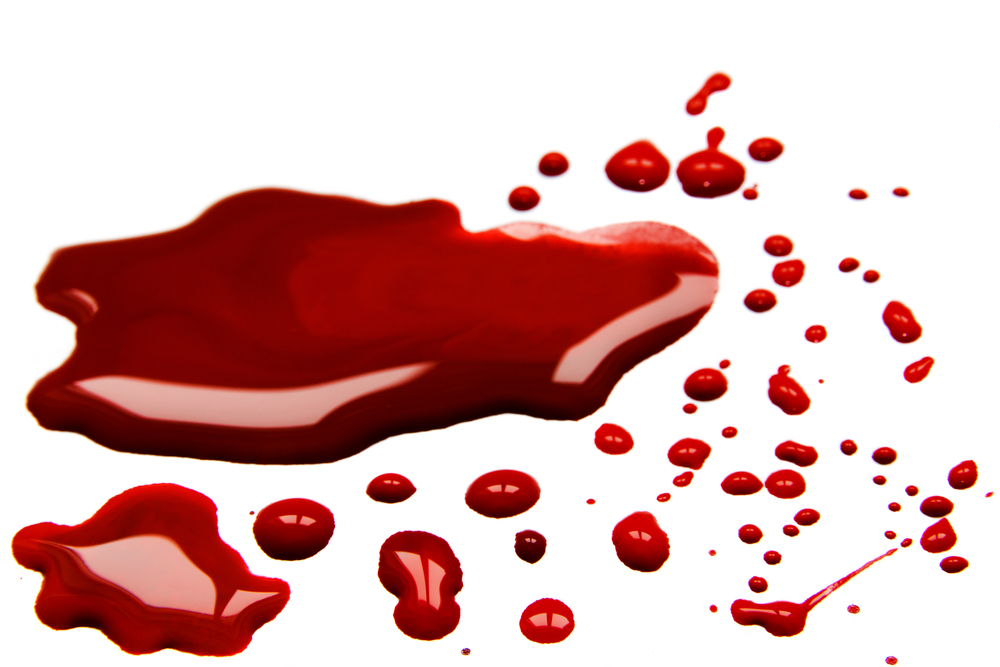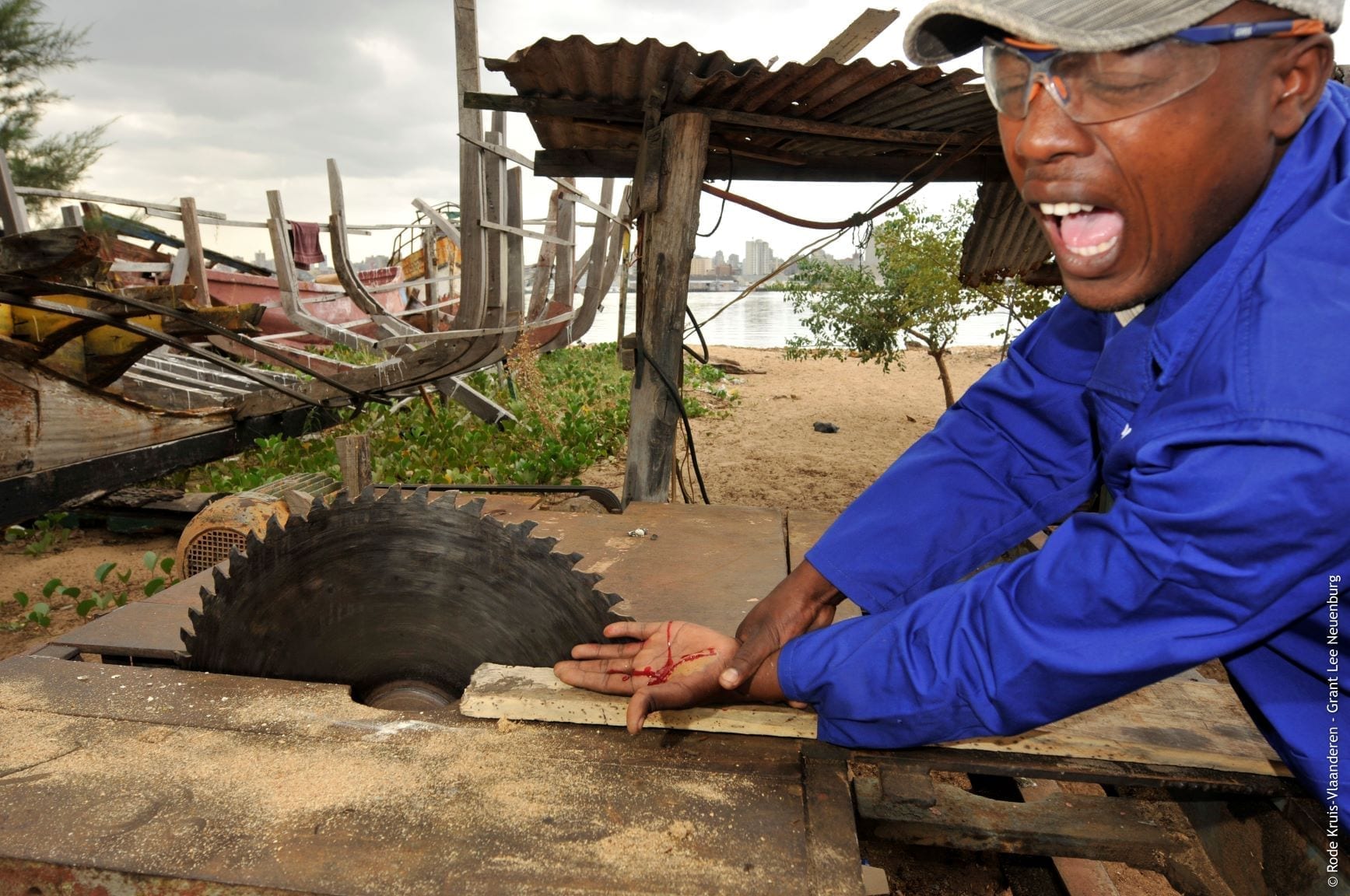Can’t-Miss Takeaways Of Tips About How To Treat Serious Bleeding

Treatment bleeding in the brain, also called a brain hemorrhage, is a medical emergency caused by the rupture of an artery or vein due to abnormal pressure, trauma,.
How to treat serious bleeding. Remove any obvious debris but don't try to clean the wound. Different types of treatments are available for managing haemophilia and may vary depending on how severe it is.
Look for the source of the bleeding. If blood soaks through the material, don’t remove it. Learn about its more common, mild, and serious side effects.
If the bleeding is controlled with this direct pressure, keep holding for 10 minutes as it takes this amount of time for clots to form. If possible, call for emergency medical care.
Effective most of the time for external bleeding. Instruct the casualty to do this if possible. Oriahnn, which treats heavy menstrual bleeding due to uterine fibroids, can cause side effects.
Find out about treating cuts and grazes, nose bleeds, severe bleeding, and shock. Bleeding control requires very firm pressure for a minimum of 10 minutes. Apply direct pressure over and around the wound using a pad or your hands.
You are acting as a “plug” to stop the blood escaping. Put pressure on the wound with whatever is available to stop or slow down the flow of blood. Apply pressure to the wound to stop the bleeding.
The pressure you apply will. Get first aid tips and information from st john ambulance about bleeding. Apply direct pressure to try and control bleeding.
It can refer to blood loss. Don't remove large or deeply embedded objects, and don't probe the wound. Don’t release pressure to check the wound until.
Stopping the bleed. Method 1 calling for emergency care download article 1 call an ambulance right away or tell someone else to do so. If the bleeding is severe and won’t stop with direct pressure, assemble a tourniquet — a tight band used to stop blood flow — to keep the patient from developing.
There could be more than one injury. Apply pressure firm and continuous pressure on a wound is the best way to stop bleeding. Treatment emergency medical care complications overview bleeding, also called hemorrhage, is the name used to describe blood loss.





